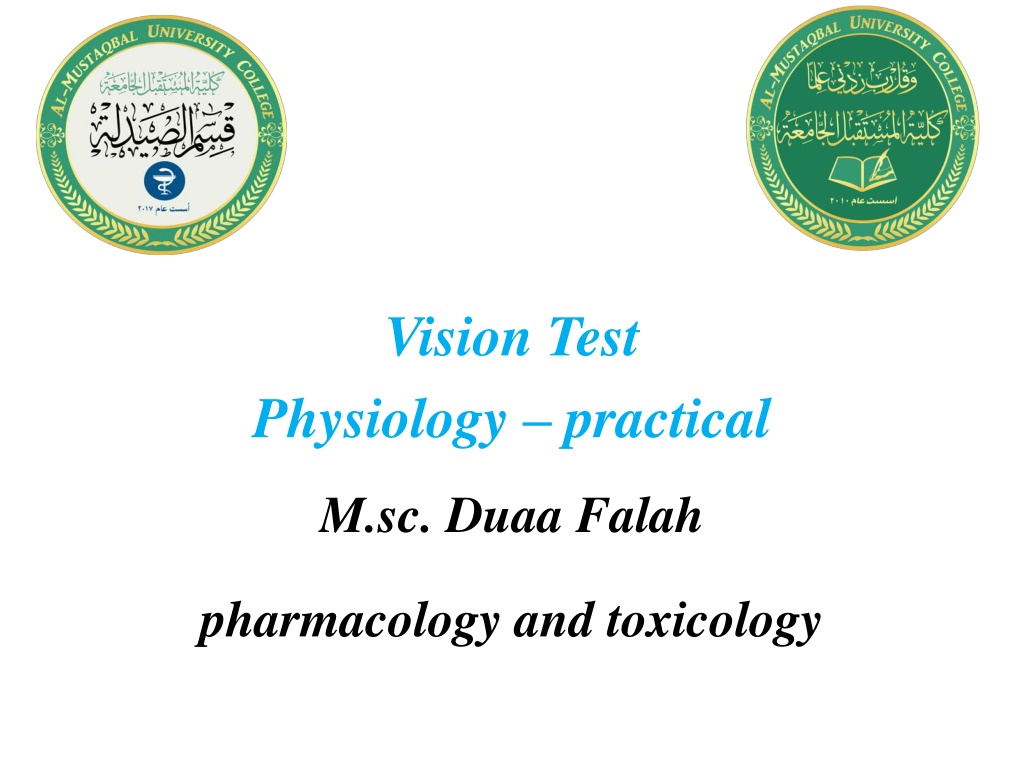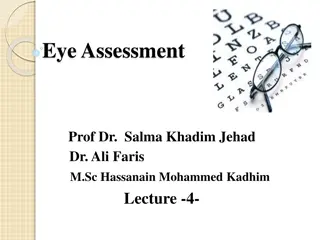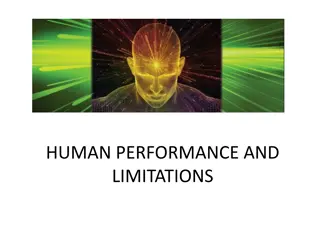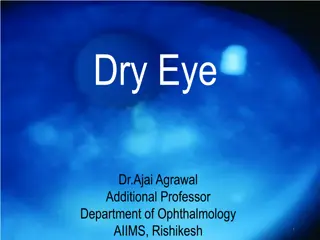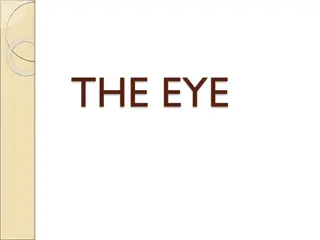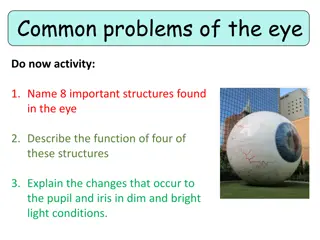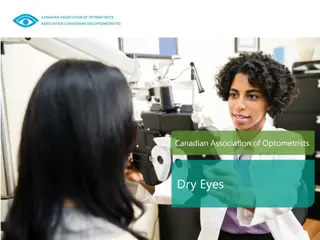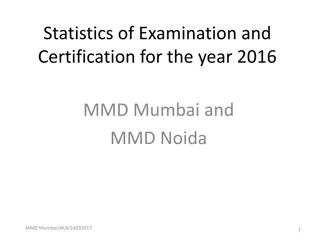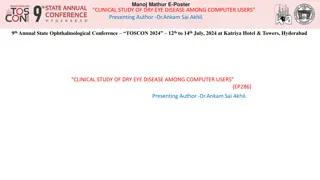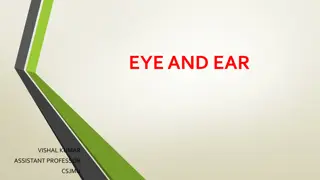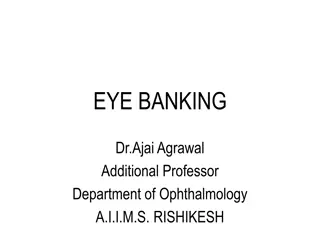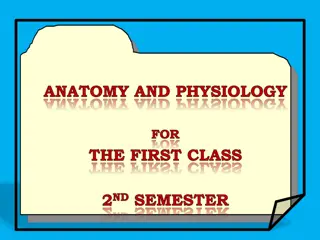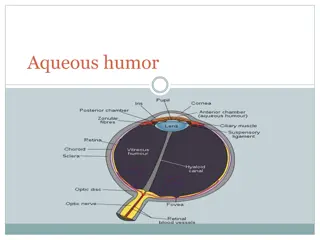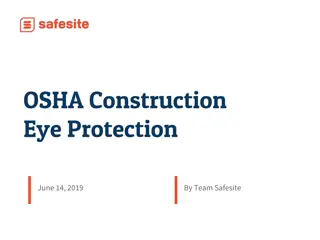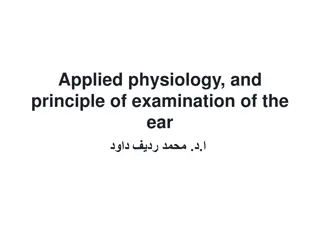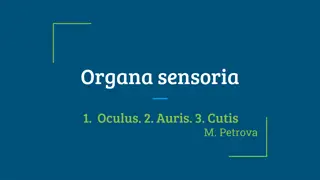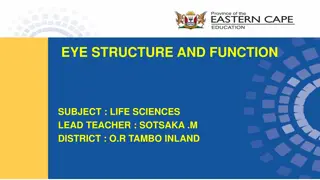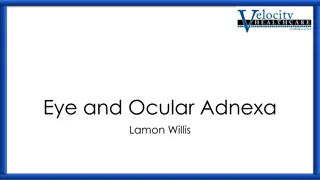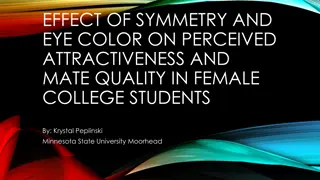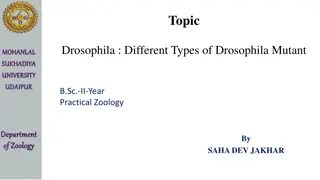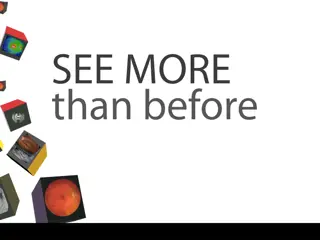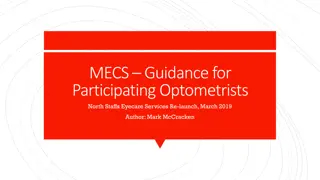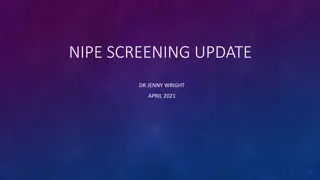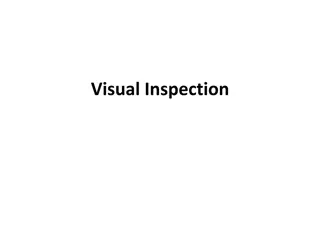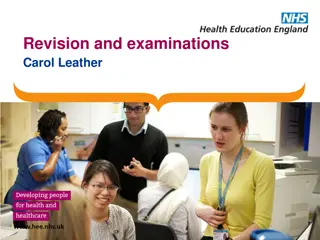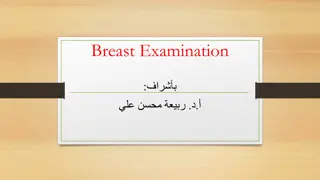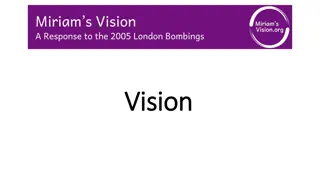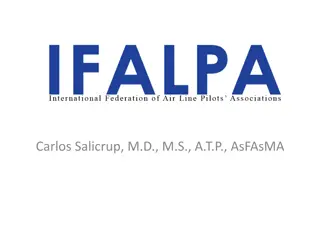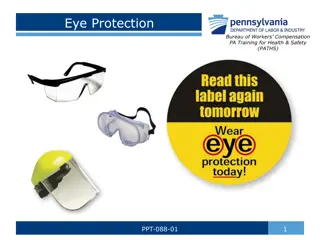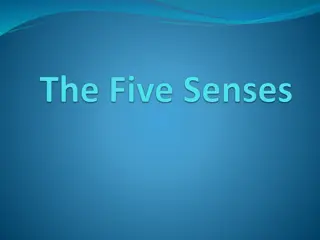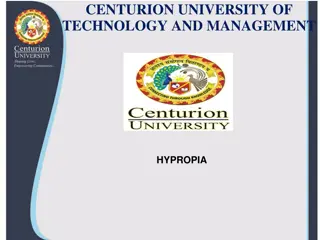Understanding the Physiology and Importance of Eye Examinations
The eye is a vital sensory organ protected by multiple layers. Eye examinations are not just for vision correction; they detect underlying health conditions such as diabetes and high blood pressure. Advanced tests like OCT screenings provide detailed insights into ocular health. Visual acuity is crucial for recognizing details, and tests like the Snellen chart assess this. Regular eye exams are essential for maintaining overall health.
Uploaded on Oct 01, 2024 | 0 Views
Download Presentation

Please find below an Image/Link to download the presentation.
The content on the website is provided AS IS for your information and personal use only. It may not be sold, licensed, or shared on other websites without obtaining consent from the author. Download presentation by click this link. If you encounter any issues during the download, it is possible that the publisher has removed the file from their server.
E N D
Presentation Transcript
Vision Test Physiology practical M.sc. Duaa Falah pharmacology and toxicology
Physiology of Eye The eye is the sensory organ of vision. It is well protected by the bony orbital cavity surrounded by a cushion of fat. The eyelids further protect the eye from injury, strong light and dust. The eyelashes curve outward filtering out dust and dirt.
Eye Examination Having an eye exam not just about wearing glasses. An eye test is a key part of your general health, and may detect signs of underlying conditions, such as diabetes, high cholesterol and high blood pressure. You should have a sight test every two years, or more often if a professional recommends it. Increased use of screens make eye examinations a key element of a healthy lifestyle.
Advanced Eye Test As part of our advanced eye test we provide an OCT screening. An OCT generates a picture of the back of the eye. This helps diagnosis for a number of ocular conditions, but also give you an ongoing record of the health and conditions of your eyes. An OCT scan can be beneficial for you regardless of age and eye health.
Visual acuity (VA) commonly refers to the clarity of vision, but technically rates an examinee's ability to recognize small details with precision. Visual acuity is dependent on optical and neural factors: (1) the sharpness of the retinal image within the eye. (2) the health and functioning of the retina. (3) the sensitivity of the interpretative faculty of the brain
Snellen Test Test your visual acuity with correction (contact lenses or glasses). Test one eye at a time, Start with the right eye, covering the left one without pressing on it. Then, examine the left eye by doing the opposite. If you are using correction glasses, you can cover the eye with a sheet of paper. Read the letters from the largest to the smallest.
To make the examination easier and faster, another person can help you by showing the letters you must read among the lines of letters. If you can read the letters of the 8th line, your sight is optimal (visual acuity 20/20). If your visual acuity is less than 20/20 or if you have doubts about your sight, visit your ophthalmologist.
The Landolt C The Landolt C, also known as a Landolt ring, Landolt broken ring, or Japanese vision test. It is an opotype: a standardized symbol used for testing vision. It was developed by the Swiss-born ophthalamologist Edmund Landolt .
The Landolt C consists of a ring that has a gap, thus looking similar to the letter C. The gap can be at various positions (usually left, right, bottom, top and the 45 positions in between) and the task of the tested person is to decide on which side the gap is.
The size of the C and its gap are reduced until the subject makes a specified rate of errors. The minimum perceivable angle of the gap is taken as measure of the visual acuity. It is generally practised in the laboratory
